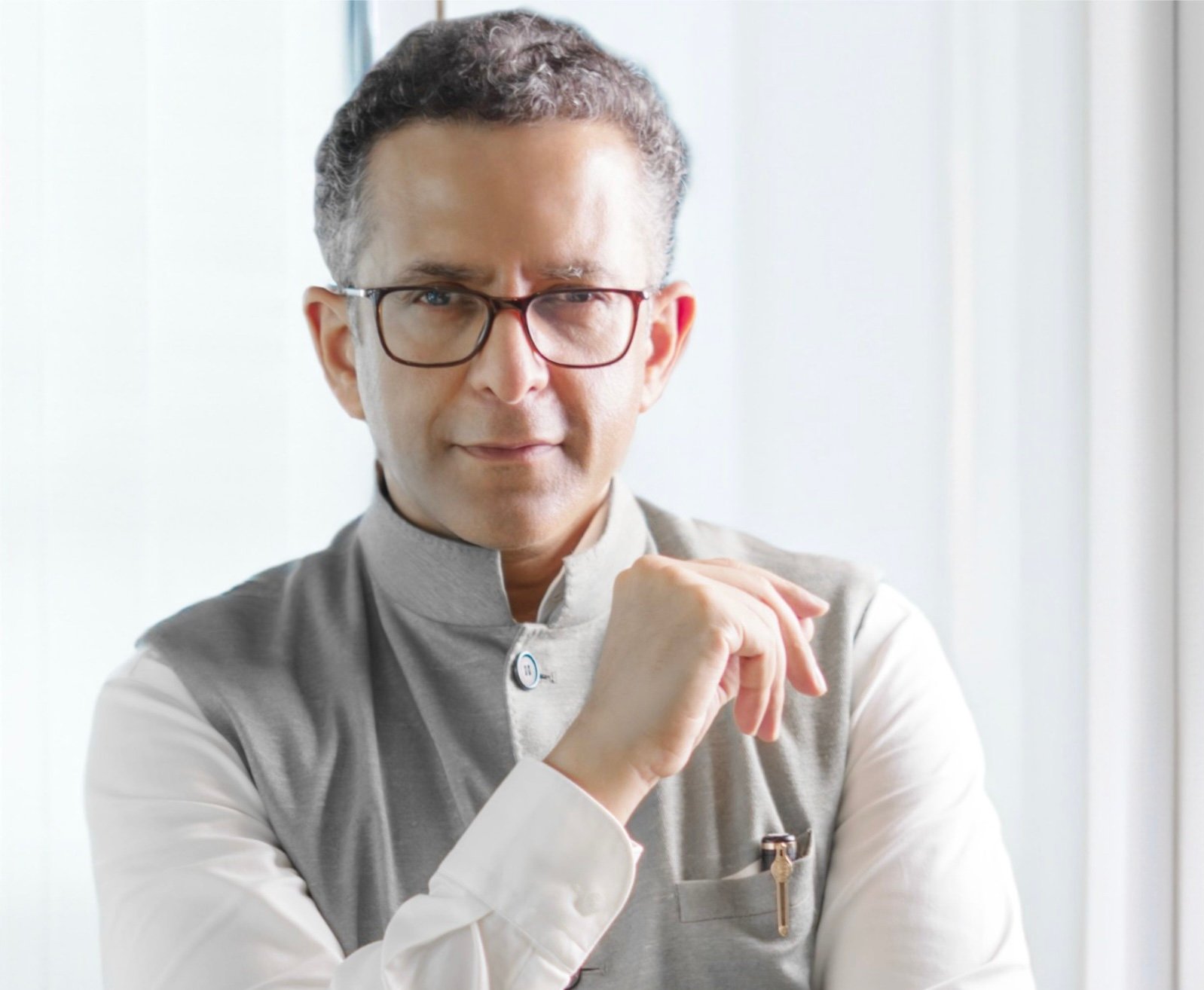New Delhi (Gaurav Bhagat): The imposition of 50% tariffs on Indian products by the Trump administration in recent times is a turning point in world trade patterns, but the true tale isn’t about retribution, it’s about India’s economic resilience and strategic wisdom. While Washington sees these tariffs as a bargaining chip, the numbers tell a very different story: India has progressively established an economic system that lessens its exposure to any one trading partner, including the United States.
India’s economic resilience demonstrates strong diversification beyond US dependence, with robust manufacturing growth and thriving cultural economy
India’s bilateral trade with the US reached a record $212 billion in 2024, representing significant economic ties. However, India’s trade with BRICS nations has surged to $399 billion in 2024, growing at a remarkable 20% compound annual growth rate since 2020. This diversification strategy isn’t accidental, it’s a calculated move toward economic multipolarity that positions India as a crucial bridge between emerging and developed economies.
The Manufacturing Renaissance: Made in Bharat Comes into the Limelight
India’s manufacturing industry is witnessing a historic metamorphosis, spurred by thoughtful government policies and international supply chain shifts. The Production Linked Incentive (PLI) initiatives have triggered real investments of ₹1.61 lakh crore ($18.72 billion), creating production value of ₹14 lakh crore ($162.84 billion) and building more than 1.15 million jobs.
Apple’s iPhone manufacturing in India is a prime example of this production boom, where the value of assembly hit $22 billion in FY2025, a whopping 60% growth year-to-year. India now produces 20% of iPhones produced worldwide, with manufacturing set to hit 60 million units in 2025. This is not just contract manufacturing; it is a strategic realignment of global production chains, where Apple is set to source all US-bound iPhones from India by 2026.
The electronics industry has become a powerhouse, with exports totaling $29.12 billion in FY2024, representing a 23.6% increase. Industry estimates indicate electronics exports will double plus one to $61 billion by 2030, making India a net exporter and a leading global player in this key sector.
Culture as Currency: The Soft Power Economy
India’s cultural economy represents an often-overlooked dimension of its economic strength. The entertainment and media sector reached ₹2.5 trillion ($29.4 billion) in 2024, with live entertainment crossing the ₹10,000 crore mark for the first time. This growth reflects a fundamental shift toward experience-based consumption, with nearly 500,000 fans traveling between cities specifically for music events.
Bollywood and regional films industries continue to extend Indian soft power worldwide, with streaming platforms making possible unprecedented global reach. Indian cultural exports, from yoga to food, from classical arts to popular entertainment, create significant economic value while creating diplomatic goodwill that exceeds conventional trade ties.
The heritage travel industry, worth $30.31 billion in 2023, reflects India’s capacity to commercialize its cultural wealth. The sector has withstood a short-term loss of international travelers and seen domestic tourism grow 21.75% since 2019, with total footfall at the country’s heritage sites 19% above pre-pandemic times.
The Diaspora Advantage: A $135 Billion Economic Lifeline
Indian diaspora remittances touched a high of $135.46 billion in FY2025, translating to 14% growth and nearly doubling since 2016-17. The remittances cancelled out 47% of India’s merchandise trade deficit, chipping in with much-needed external financing that surpasses the flow of foreign direct investment.
Remittances are geographically distributed in a manner that represents India’s changing integration into the world. The US, UK, and Singapore now send 45% of remittances, joining traditional Gulf sources. This change to high-end economies is a measure of the success of the strategy of migration of high-skilled Indians, building sustainable, high-value economic connections without depending on formal trade pacts.
Strategic Autonomy in Practice
India’s reaction to US tariffs is a reflection of its pursuit of strategic autonomy. Instead of bending, New Delhi has bolstered BRICS cooperation, seeking to minimize dollar dependence through alternative payment platforms such as BRICS Pay. The establishment of rupee-denominated trade mechanisms with allies such as the UAE and Russia shows that India is an active player in financial sovereignty.
The BRICS addition of new major economies such as Saudi Arabia and the UAE has formed a $10.5 trillion trade bloc covering almost 40% of world GDP. India’s location in this system offers huge bargaining leverage against traditional Western allies.
The Consumption Economy Imperative
India’s internal consumption is still the bedrock of its economic strength. Private consumption forms 64.8% of GDP as of Q4 2024, with consumer expenditure hitting ₹27.2 trillion in Q1 2025. This internal growth model is less susceptible to external trade shocks and generates a huge internal market that foreign firms cannot ignore.
The growing middle class, expected to increase by 75 million households by 2030, is a never-before-seen growth opportunity. This demographic change, together with accelerated digitization and increasing disposable incomes, results in a self-sustaining cycle of domestic demand that shields India from global pressures.
Technology and Innovation as Force Multipliers
India’s technological prowess is now at the heart of its economic policy. The PLI schemes have attracted cross-border technology transfer, especially in electronics, pharma, and automotive industries. Businesses are not just putting together products in India, they’re doing research, development, and innovation, generating intellectual property and sophisticated manufacturing capabilities.
Success with digital payment systems in India, led by UPI, offers a model for financial innovation likely to shape payment architecture across the world. As development with BRICS Pay continues, India’s technology capability puts it at the forefront of building alternative financial systems.
Agricultural and Energy Dimension
As production makes the headlines, India’s agricultural sector continues to be central to food security and rural incomes. The ability of the country to remain agriculturally self-sufficient while selectively participating in international markets offers further strategic leeway. Likewise, India’s diversified energy imports, such as large Russian oil purchases that earned US sanctions, represent pragmatic management of resources prioritizing national goals over geopolitical imperatives.
Looking Forward: The Multipolar Future
The present trade tensions highlight the core shift from a unipolar to a multipolar global economy. India’s approach of diversifying multiple partnerships while ensuring strategic autonomy places it well in the new order. The success of programs such as the PLI schemes, the expansion of BRICS trade relations, and the resilience of diaspora links develop multiple pillars of economic security.
India’s production capabilities, cultural impact, innovation in technology, and consumption-led growth model come together to form an economic environment that is diverse, resilient, and increasingly autonomous. Though trade relations with the US continue to be significant, they are no longer vital dependencies to be traded for political concessions.
The statistics are self-explanatory: India’s $399 billion of BRICS trade, $135 billion diaspora finance, and $18+ billion manufacturing investments under PLI schemes reflect a bedrock of economic resilience that overrides any one bilateral engagement. With continually changing global supply chains and new economic alliances being forged, India’s strategic patience and diversification strategy place it as not a supplicant for market access, but as a critical partner whose contribution needs to be won rather than compelled.
The era of “Made in Bharat” isn’t merely a matter of making things, it’s a matter of making leverage, making choices, and keeping India’s economic future in Indian hands. In today’s changing world, it’s not a question of whether India requires the US market, but whether the world can afford to disregard the Indian opportunity.
About the Author
Gaurav Bhagat, Founder, Gaurav Bhagat Academy









